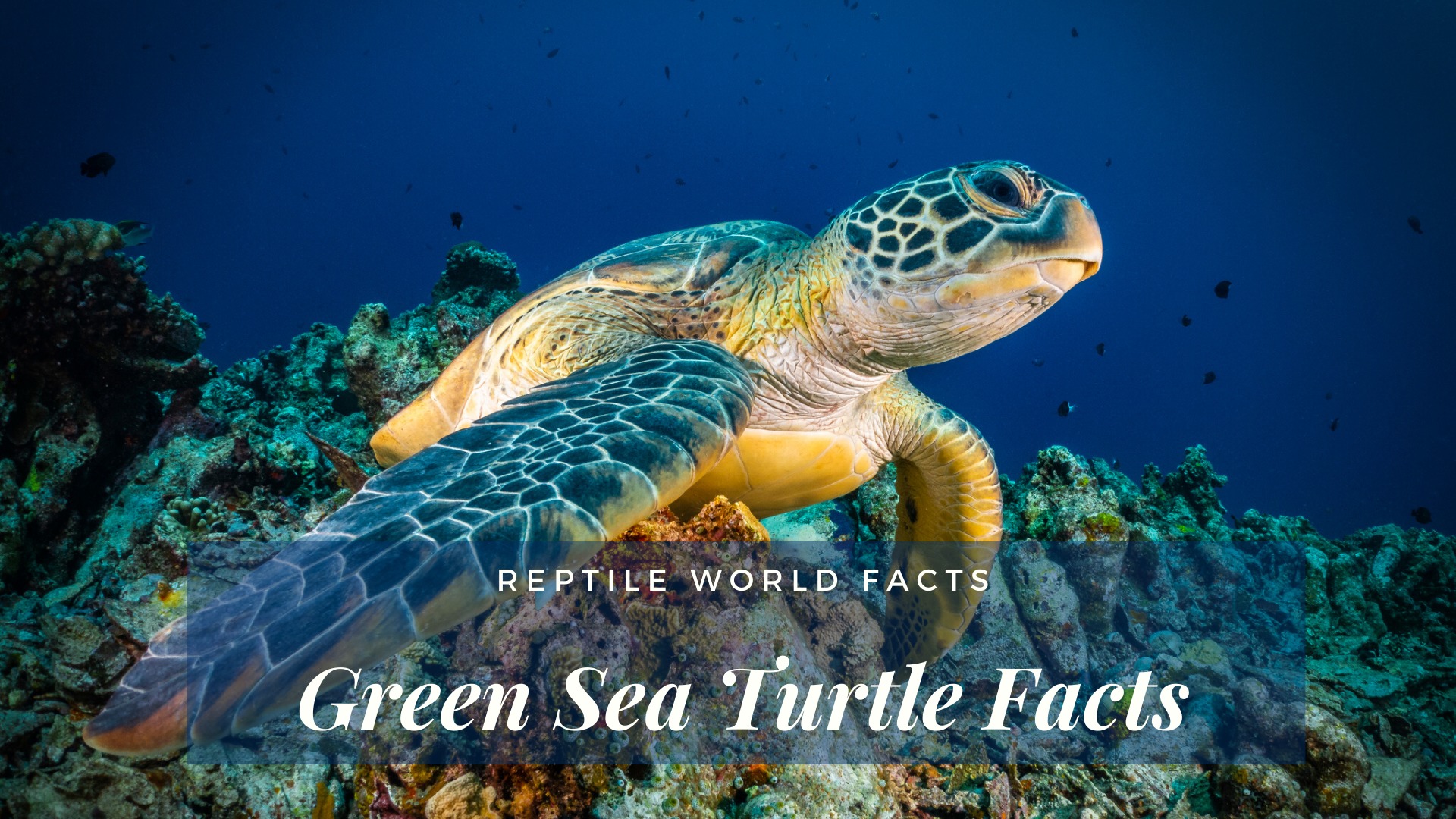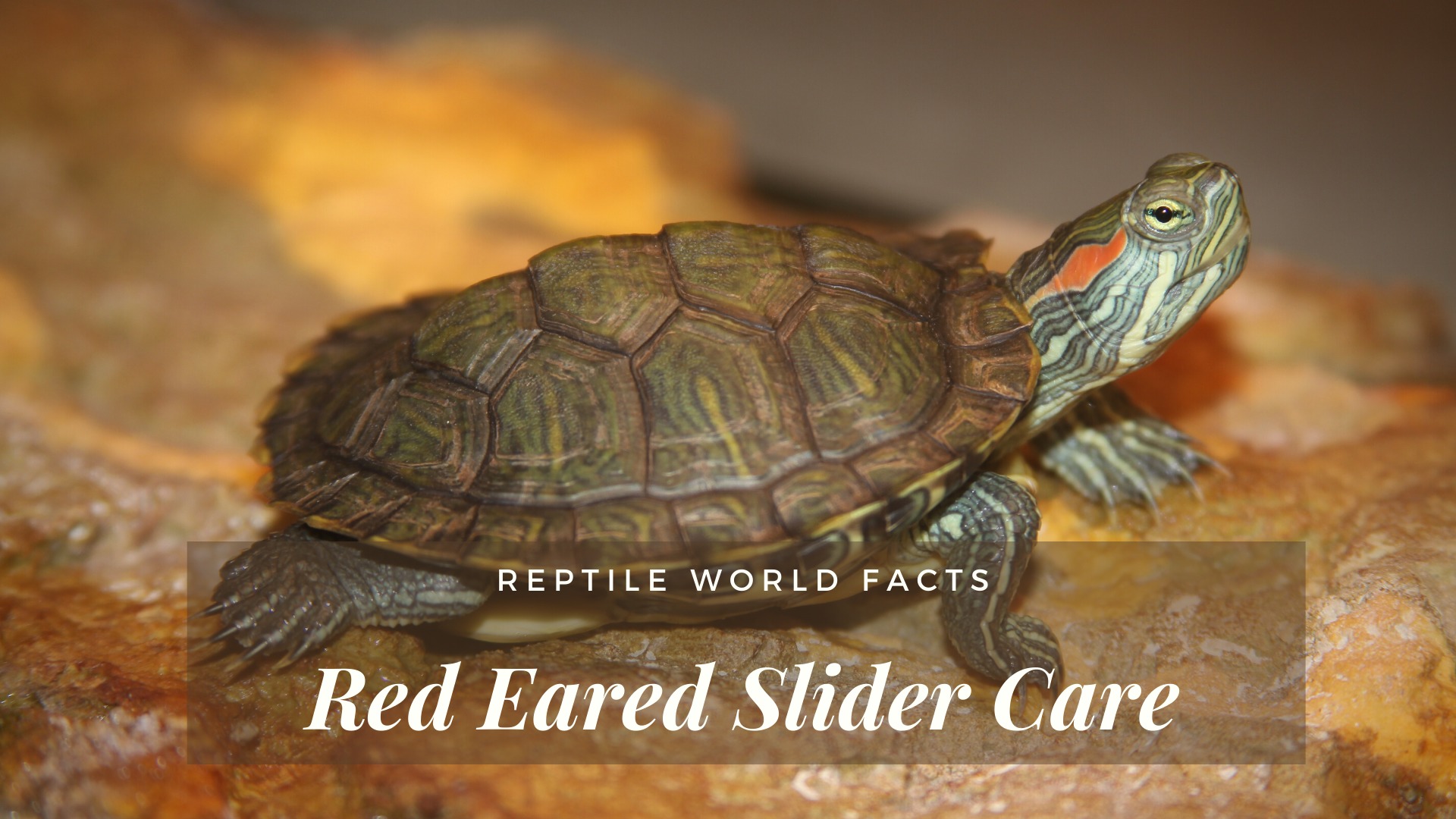Banner Source: here
Quick Facts
Scientific Name: Chelus fimbriata
Common Names: Matamata Turtle, Mata Mata Turtle, Mata-Mata Turtle
Geographic Range: South America, primarily in the Amazon and Orinoco basins
Life Span: 40 -75 + years
Conservation Status: Not listed on IUCN or CITES, however they are listed as near threatened on the Colombia Red List.
Top 10 List – Matamata Turtle
1. Appearance
The Matamata turtle has a very unique look when compared to other types of turtles. Their shell is rather large and can range from a dark brown to mahogany, and is covered in rough and knobby spots that almost look like cones protruding from their backs. The underside of their shell is a bright salmon colour that fades to yellow or brown as they age. They have a wide, flattened neck that is covered in various types of warts, ridges, and skin fringes. Matamata turtle’s heads are also quite flat, with a triangular shape to it. Their mouth is fairly wide, their snout is long and tubular, and they have small eyes on the sides of their head. Each foot has 5 webbed toes that help them move along the bottom of their homes. Matamata turtle carapaces are around 1.5 feet long, and Matamatas can weight up to 38 pounds.
2. Home of the Matamata
The unique Matamata turtle can be found throughout the Amazon in Northern South America. More specifically theareas they inhabit include Venezuela, Brazil, Peru, Ecuador, Colombia, Bolivia, and the island of Trinidad. These turtles are primarily aquatic, and prefer to spend most of their time on soft muddy bottoms of shallow bodies of water like streams, swamps, marshes, and stagnant pools of water. They sometimes have been found to inhabit the brackish waters of the lower Amazon basin.
3. Baby Matamata Turtles
During the nesting season of October to December male Matamata turtles will find and court a female. They will try to woo the female by extending their head towards her while opening and closing their mouths, extending their back legs, and move the lateral flaps on their heads. Sounds like a lot of work! Once they have mated, the female will build a nest in the vegetation in the forest, and lay 12-28 eggs at a time. The eggs take a whopping 200 days to incubate, and once that time has passed out hatches baby Matamatas. Most reptiles are known for laying soft, leathery eggs. However, the Matamata turtle lays brittle, round eggs.
4. Carnivorous Turtles

Matamatas have a main diet of small fish and various invertebrates. They are bottom feeders that will wait motionless for their prey to come by. And once it does come by, they suck up their food like a vacuum, and swallow it whole as they are unable to chew. Since they are nocturnal they do most of their hunting for food during the night time.
5. Camouflage and Adaptations

The shell of the Matamata resembles bark, and they head has skin flaps that resemble vegetation in the water, and allow them to blend in with said vegetation. Their colouring also contributes to their ability to camouflage themselves, which in turn helps them hunt for food. To catch their food they wait for prey to swim by. Once the fish comes by they thrust out their head and open their mouth super wide, which creates a low-pressure vacuum that sucks the prey into their mouth. This is known as suction feeding. Once the food is in their mouth they snap their mouth shut, expel extra water, and swallow their prey whole.
6. Lazy Turtles

The Matamata turtle is extremely lazy. They are almost never seen basking, floating, or swimming around. In fact, they are not even adapted to be able to swim well in open water. Hatchlings and juveniles are able to awkwardly swim, but once they mature into adults they rarely leave the bottom of their shallow rivers. However, they like to stand in water so shallow that they can rest their snout above the water so they can breathe without having to move. Matamata move so little that some of them even develop algae growth on their shells, which further aides in their camouflage.
7. Turtle With Many Names
In 1783 the Matamata was originally classified as Testudo Fimbriata in 1783 by Johann Gottlob Schneider. After that it was remaned FOURTEEN times in the following two centuries. In 1992 the scientific name was changed to Chelus Fimbriata, which it has remained as to this day. As far as their common name goes, some people say that matamata in Spanish means “It kills, it kills!”
8. Threats and Conservation
While Matamata turtles are not listed on CITES or the IUCN red list, it has been listed as near threatened on the Columbia Red List. They were previously captured for meat, but recently other turtles have become more popular targets. Their largest current threat is over collection for the international pet trade, as they are highly sought after in the United States and Europe. Other threats include habitat degradation, and climate changes. Currently, exportation of these turtles is currently banned in Colombia, Venezuela, and Brazil.
9. Purposely Released
Prior to 1964 (I could not find an exact date) 5 Matamata turtles were released into Pembroke park in Florida, USA. They were intentionally released by an animal dealer, likely in hopes that they would establish a breeding colony that they could then catch and sell without having to import the turtles. However, it appears they did not establish a colony, which is good because they could have disastrous effects on the natural ecosystem. However, rumors have persisted unsubstantiated that there is a breeding population somewhere is South Florida.
10. Pets

Matamata turtles are readily available in the pet trade, sometimes too readily available as not everyone is able to take them in and care for them properly. Due to their cool looks they make great display animals, and they don’t require as much space as larger active turtles do. However, they do still grow quite large and therefore will require a LOT of space to be able to fully thrive in captivity.
—
Enjoy this article? Share it with your friends using the links below! Also, leave a comment below and let us know what you think. Thanks for reading!





